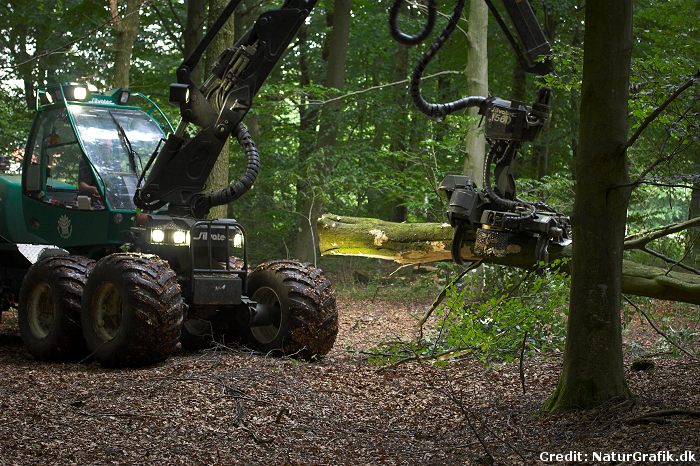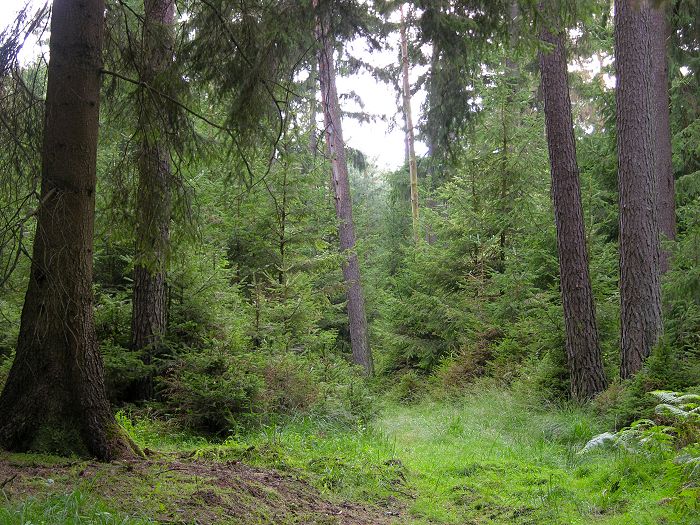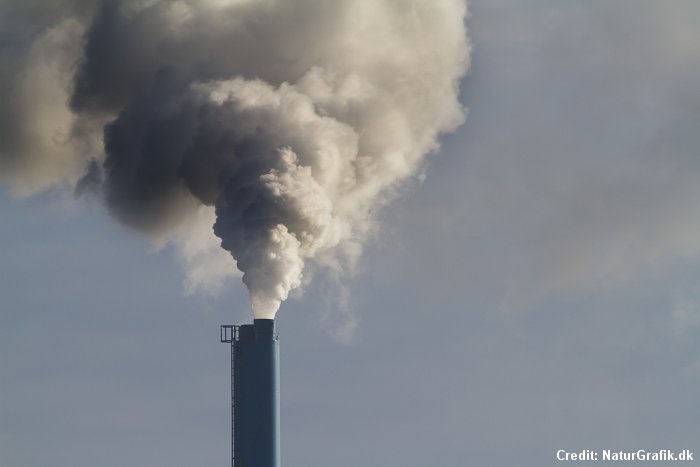Sustainable forest management

Since adoption of the Danish Forest Act in 1805, forest clearance has been banned in Denmark. The Danish Parliament has recently decided to increase the areas of undisturbed, untouched forest.
Most of Denmark was originally covered by forest, but after centuries of uncontrolled felling and clearance for agriculture, just 2-3% of Denmark was covered by forest around 1800. Although Denmark is one of the most deforested countries in Europe, the forested area have been steadily increasing since 1800. The levels have risen to today’s covering of more than 14% of the country. Areas with the highest biodiversity in Denmark are today found in the forests.
Since adoption of the Danish Forest Act in 1805, forest clearance has been banned in Denmark, and at the same time great efforts were initiated to plant more forests. When logging trees, forest owners are required by law to plant new trees.
The forests in Denmark are unevenly spread, with much forest along the high ridge of Jutland, in northern Zealand and on Bornholm. There is a lot of smaller forestland near large towns and cities.

Sustainable forest management.
Sustainable forest management has been high on Denmark’s agenda for the last decade. It has become increasingly recognised that sustainable forest management should be integrated into the country’s national forest programmes and national forest policies. Despite the fact that the total area of forest land in Denmark is relatively small, the Danes still consider their forests to be of great importance.
Scarcity of old dead trees in the Danish woods.

Because of the concentration on commercial production in Danish forestry, there is a scarcity of old trees and deadwood compared to virgin forests. Consequently species dependent on these habitats for their survival are now endangered. The Danish Parliament has decided to increase the areas of undisturbed, untouched forest in Denmark in the coming years.
Source: borealforest.org, nordictimber.org, mst.dk.












